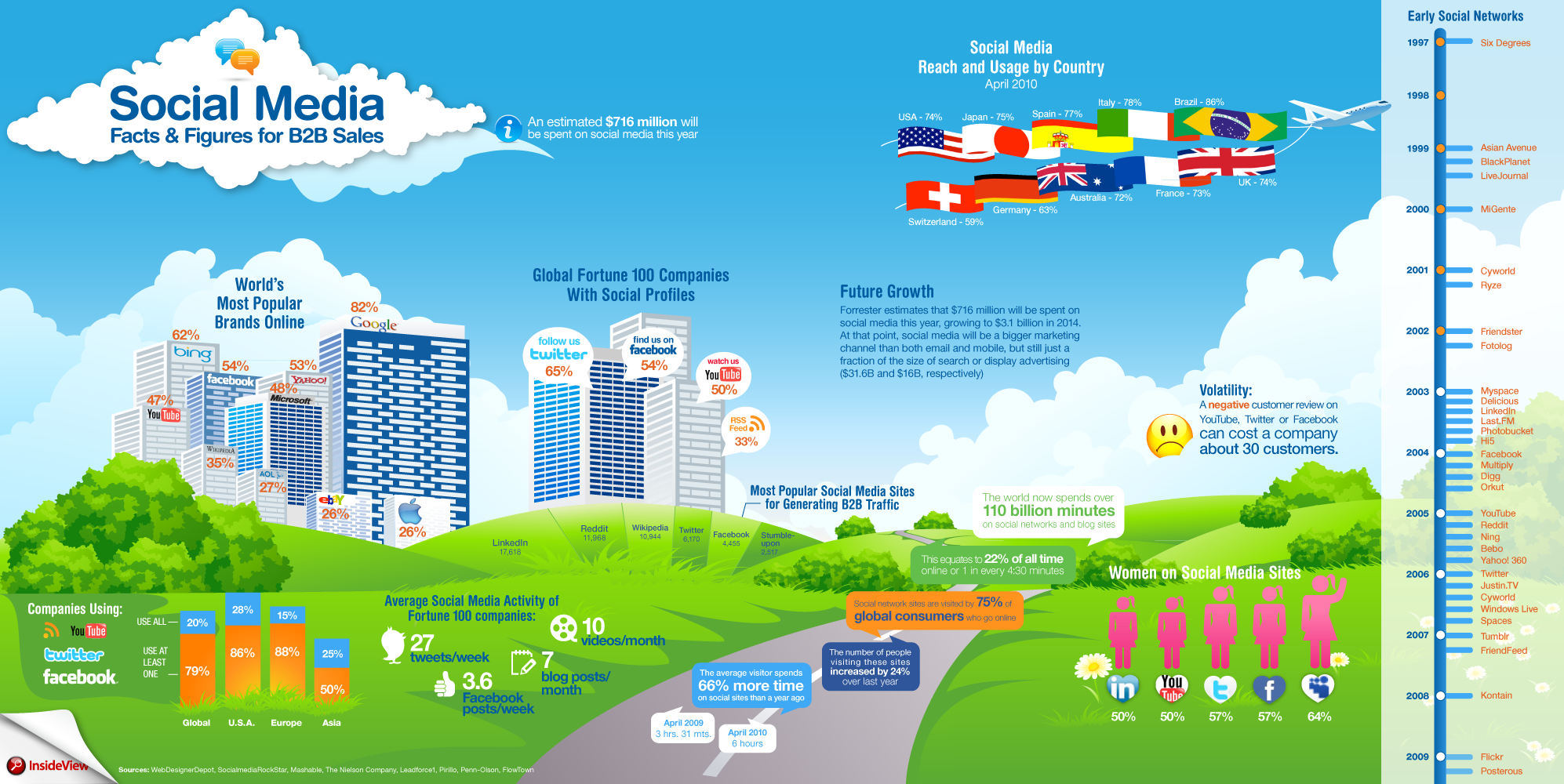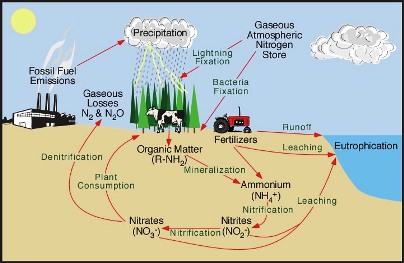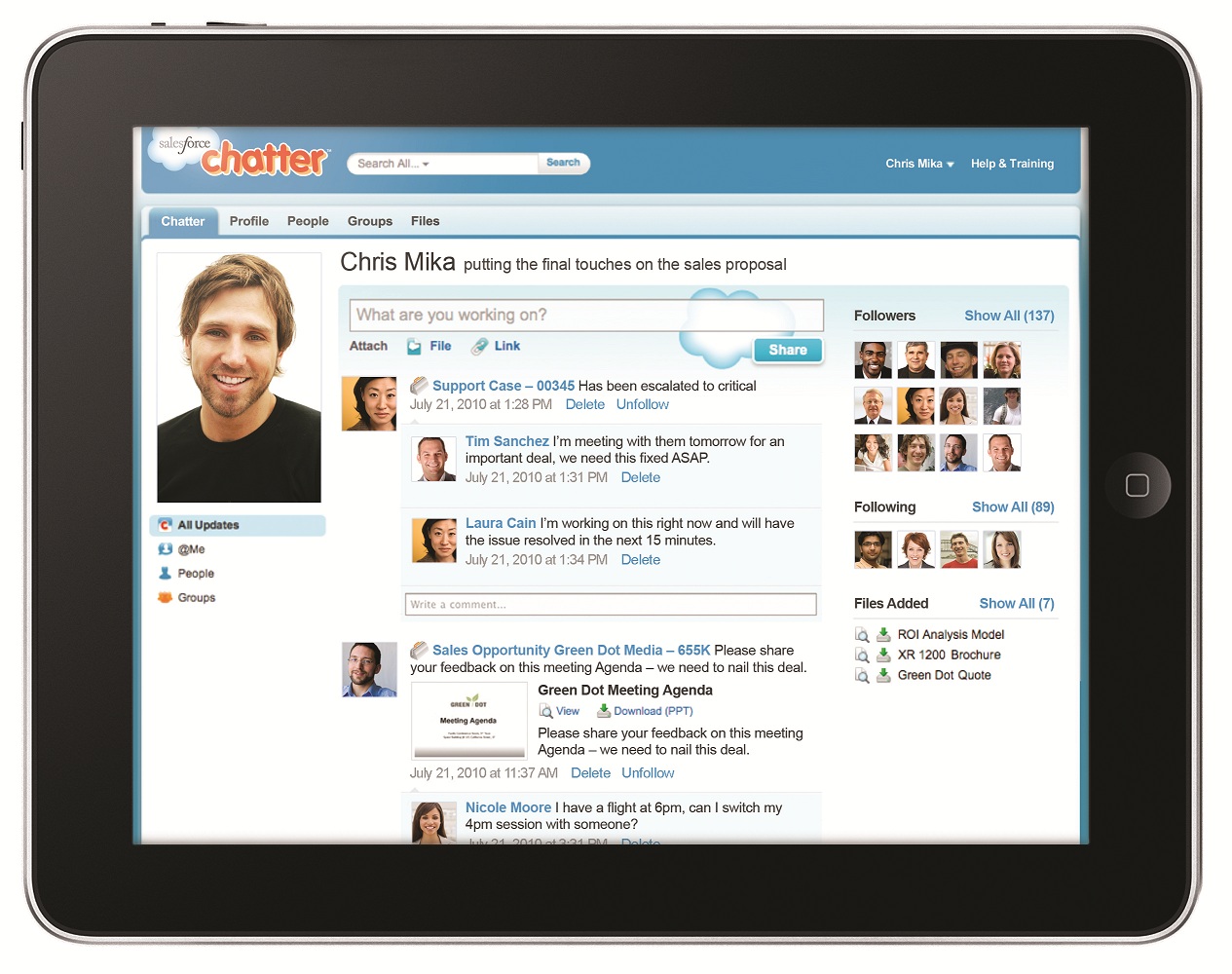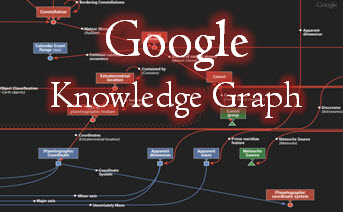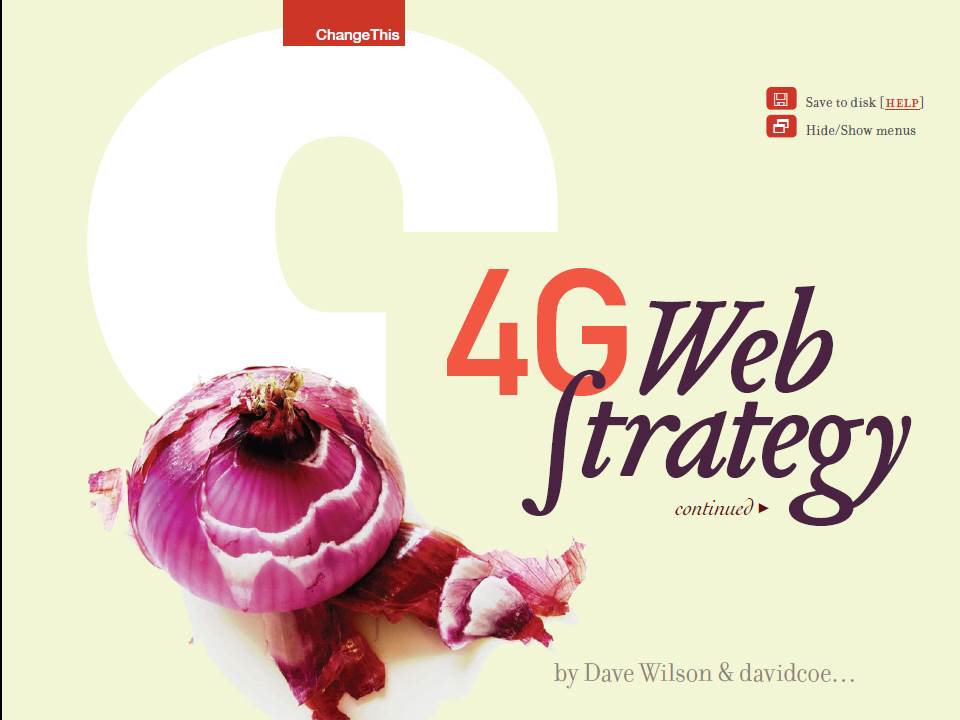In my last post I made the case for why your company should consider building a visual content factory to support your content marketing strategy. To stand out from the noise these days, you need not only an attention-grabbing headline, but also an eye-catching visual. Readers can infer a lot about the content behind a link from the associated photo. Remember the old saying that a picture is word one thousand words. Here are ten outputs that your visual content factory needs to produce.
1) Infographics – A library of compelling infographics is a must-have for your content marketing programs. First timers often underestimate the level of effort required to design a good infographic. The artwork is the easy part. Considerably harder is the effort required to organize the information in a compelling and meaningful way.
Image Source: www.insideview.com
2) Illustrations – Explainer diagrams which illustrate how a technology or concept works are hugely popular. Abstract illustrations are a good alternative to stock photos when you need a visual for a blog post or an article. Diagrams which illustrate how your products solve problems are useful as well.
Explainer Diagram for Nitrogen Cycle – Image Source: ksj.mit.edu
3) Cartoons – Adding humor to your content marketing program is a differentiated way to stand out from the competition. People are always in the mood for a good joke to add some levity to their daily grind. Consider hiring a cartoon artist to develop a series of comic strips for your brand. The hardest part will be coming up with the jokes.
Greg the Architect Cartoon (from Tibco) Image Source: www.gregthearchitect.com
4) Memes – Similar to cartoons, memes leverage humor in an attempt to spread ideas virally. A familiar picture is often juxtaposed against a humorous caption. These are cheap and easy to make via online sites.
Image Source: www.neobytesolutions.com
5) Screen Shots – If you are selling software (or mobile apps) that has a great user interface then consider showing it off. Grab a screen capture of the home page; the analytics section; and the user community pages. Take the time to put in meaningful sample data. You lose points for “lorem ipsum” copy and generic users like John Smith. I recommend using screenshots selectively as they can be viewed as too promotional when used in excess.
Chatter Mobile App – Image Source: Salesforce.com
6) Charts – Often market research gets packaged into 20-40 page long PDF reports. Unfortunately, most people do not take the time to read these reports. You can still get your message across by unbundling the data from research studies into individual charts and graphs. Write a short post about a statistic or chart that you found particularly compelling. Matched with an attention-getting subject line these individual charts will generate lots of clickthroughs with relatively little effort.
7) Visualizations – The more sophisticated sibling of the infographic is a visualization. These visualizations help display relationships between complex sets of information in text or data format. If your company is developing graphs similar to Facebook’s Social Graph and Google’s Knowledge Graph, then you should have lots of interesting visualizations to share.
Image Source: Google
8) Employee Photos – Your audience wants to see that your company has real people who not only have expertise in their fields, but also have personalities, hobbies and interests. At your next social gathering, sales conference or developer hacakthon pull out your iPhone and take some pictures of people smiling and having fun. You can include these in social media posts, blogs or outbound newsletters.
9) On-Location Shots – Rally your sales and marketing teams to capture photos the next time they are at a tradeshow or customer event. Seeing photos live from the showroom floor or conference sessions is hugely appealing – especially to the 20% of people that wanted to attend the conference, but could not get the travel budget. As you build a library of these “on location” shots over time you can begin to organize them into different collages and photo streams.
10 ) eBooks – The traditional text-heavy white paper is struggling to compete in this new visual world. eBooks are a more compelling alternative. With eBooks you can display the text alongside rich images and illustrations that are much more reader-friendly. The challenge is that eBooks require considerably more effort to design and produce as compared to white papers.
eBook Cover – Image Source: www.changethis.com

